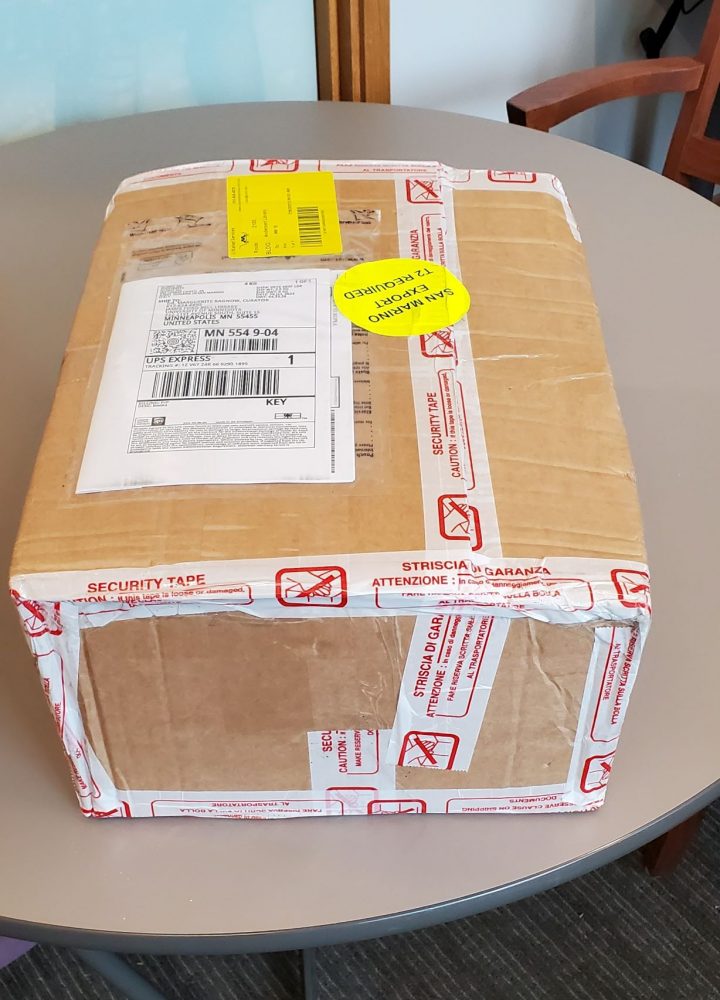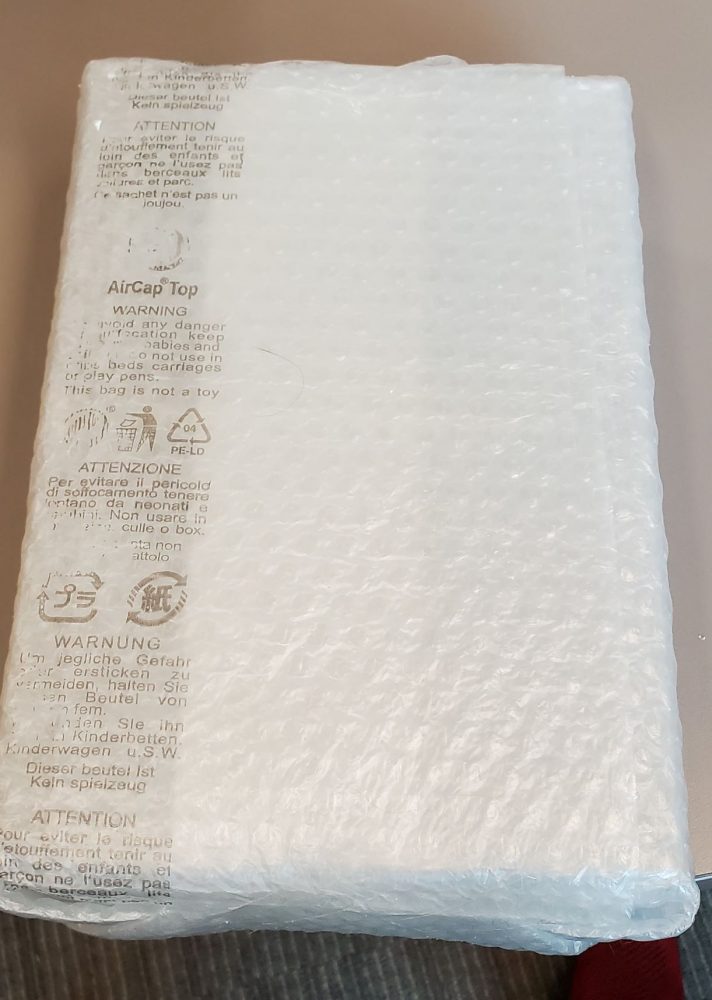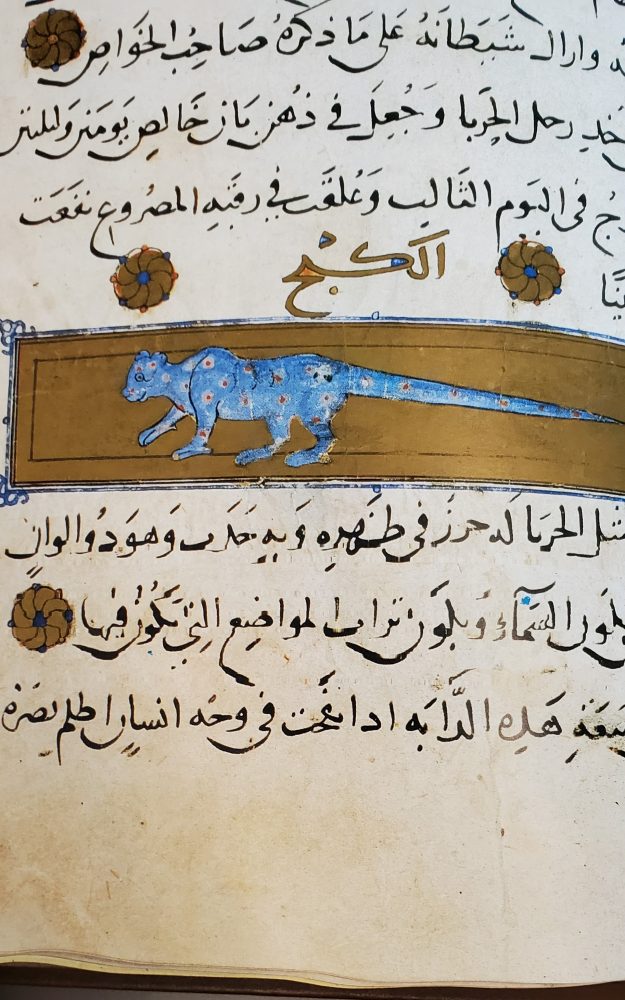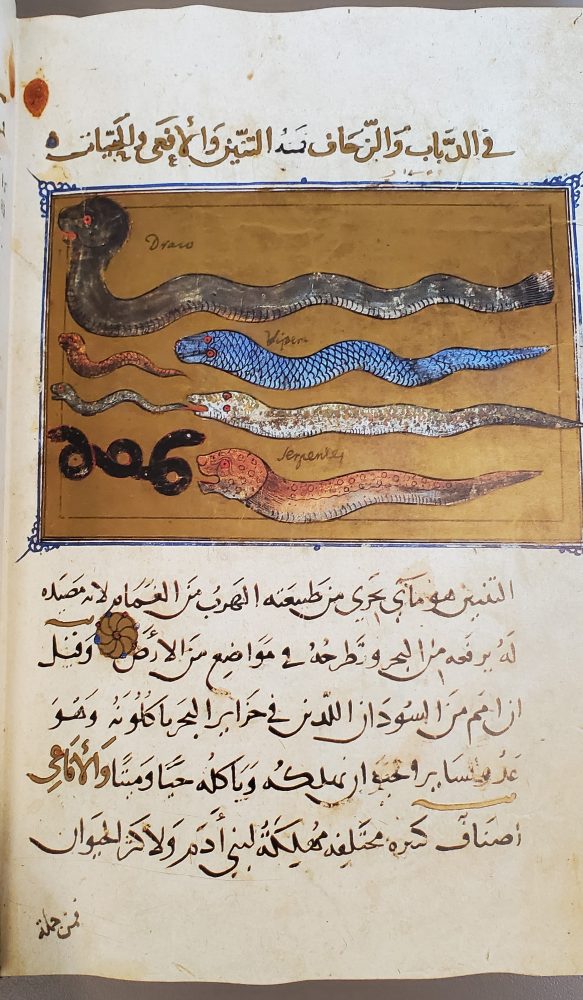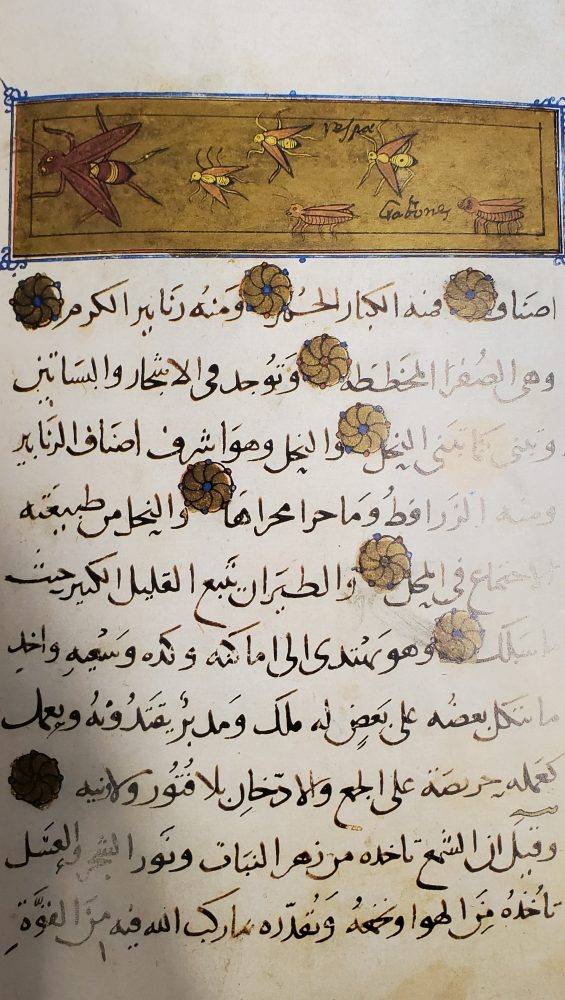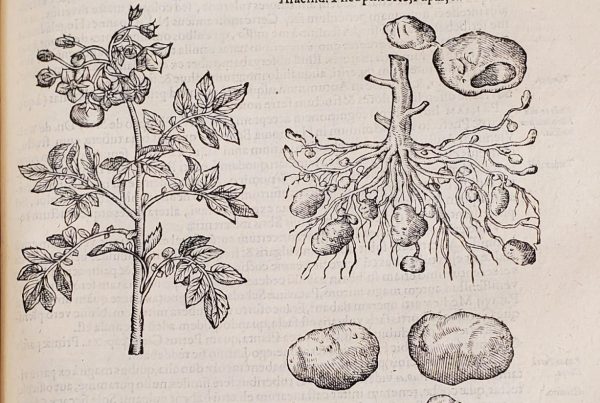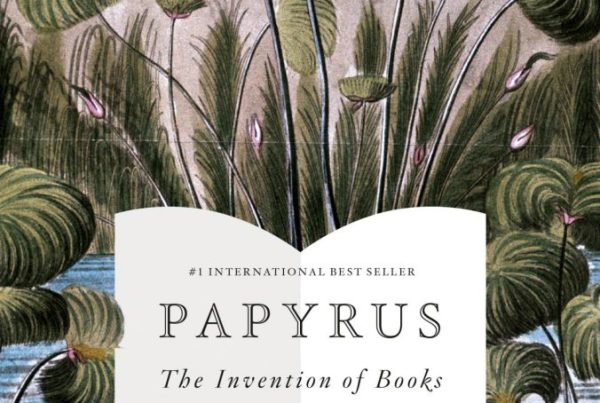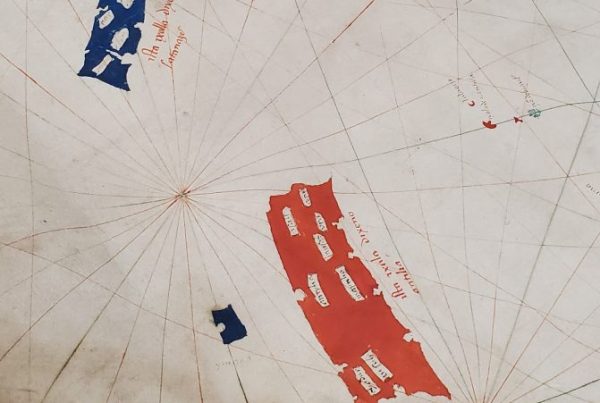By Anne Good, Assistant Curator
One of the most fun things that we get to do at the Bell Library is acquire new materials for the collection. Earlier this year we were absolutely thrilled to receive a 17th-century manuscript map of the Java sea, by Johannes Blaeu, as a gift from the James Ford Bell Trust and trustees Ford and Amy Bell. This post is about an item that is considerably less rare and vastly less expensive, and yet thoroughly fascinating as well.
The item came from a bookseller known as The Facsimile Finder, whose home is in the Republic of San Marino. Though not the original manuscripts, well-produced facsimiles are incredible, often quite rare themselves, and certainly items that allow greater access to unique materials that would otherwise be accessible in only one place in the world. Having such a facsimile at the Bell, a public research library, again increases its potential for use in a variety of ways.
The Reveal: we purchased an Arabic manuscript, sometimes called the Escorial codex; more specifically: Kitāb manāfi’ al-hayawān or Libro de la utilidad de los animales [Book of the Usefulness of Animals], compiled by Ibn al-Durayhim al-Mawṣilī in the year 755 of the Islamic calendar, or 1354 CE. The author-compiler probably lived in Syria, and the work relies on ancient Greek and Arabic texts.
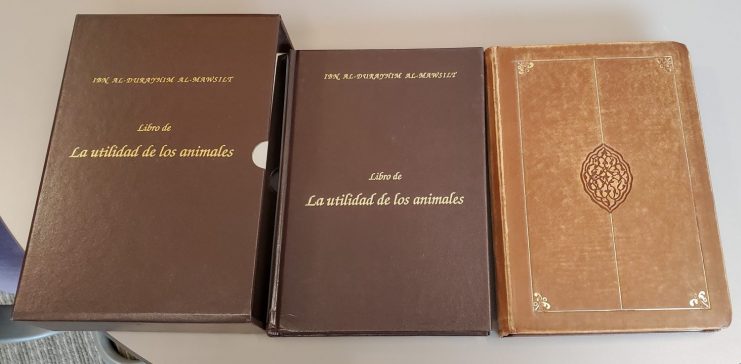
The set includes the gorgeous facsimile of the Escorial codex manuscript, as well as a modern volume of commentary, transcription, and translation.
The manuscript is an “encyclopedic bestiary” — describing, first, the main characteristics of various living creatures (including quadrupeds, birds, fish, and insects); and second, the parts of the animals that may be used as healthful remedies for humans.
The 91 miniatures in the manuscript follow the style of medieval Mamluk painting, with heavy use of gold. The facsimile edition was designed to recreate both the look and the feel of the manuscript itself.
This beautiful text will be catalogued in the coming months, and then we would love to welcome researchers to come and study it.


